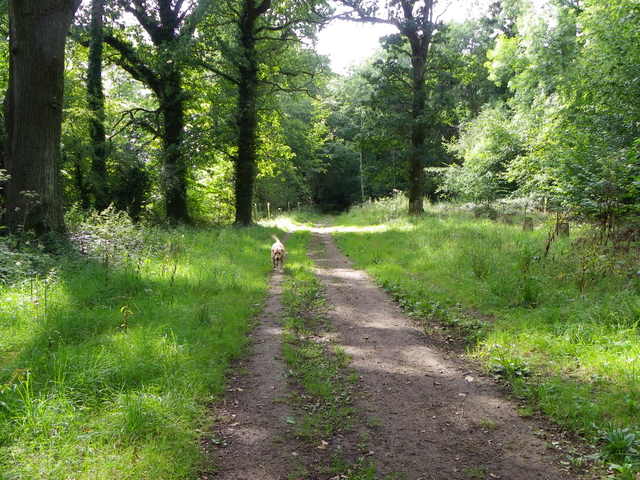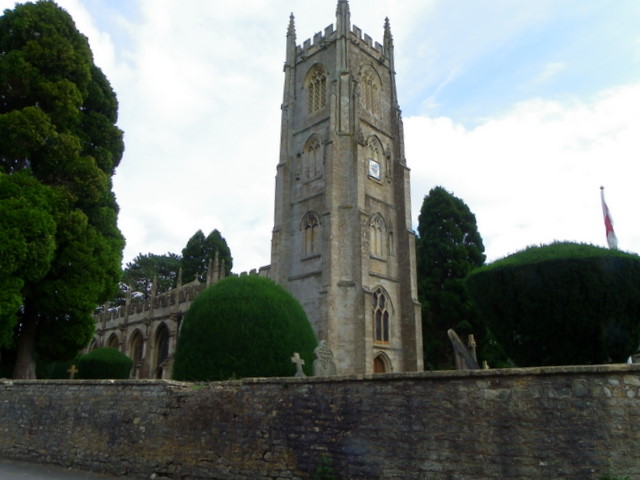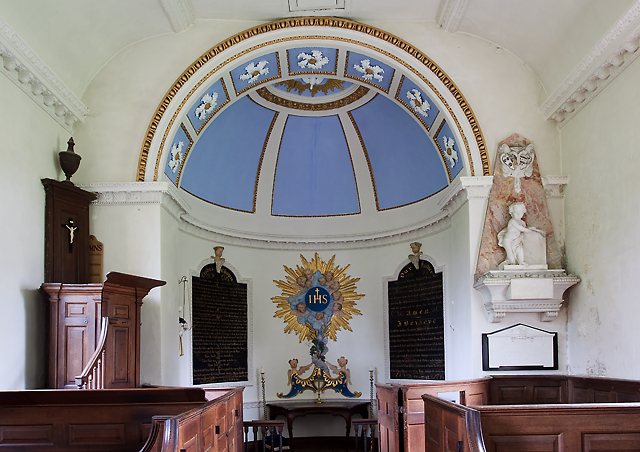Babington Wood
Wood, Forest in Somerset Mendip
England
Babington Wood
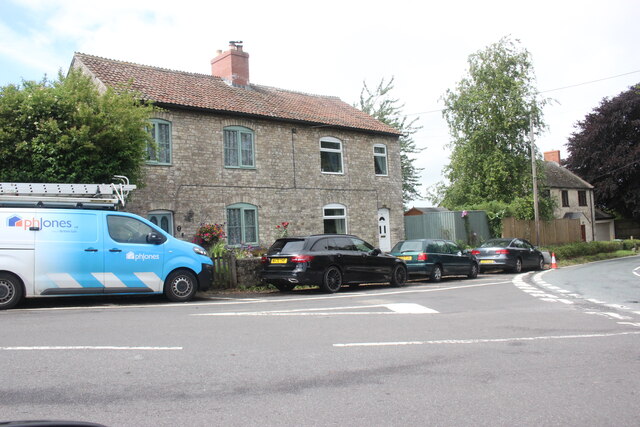
Babington Wood is a picturesque woodland located in Somerset, England. Situated near the village of Timsbury, it covers an area of approximately 150 acres. The wood is part of the larger Babington House estate and is renowned for its natural beauty and diverse wildlife.
The wood is primarily made up of a mixture of broadleaf trees, including oak, beech, and ash. These towering trees create a dense canopy, providing a habitat for a variety of woodland creatures such as deer, badgers, and foxes. The forest floor is adorned with a carpet of bluebells during the spring months, creating a stunning display of color.
Babington Wood is a popular destination for nature enthusiasts, walkers, and photographers. Numerous walking trails wind their way through the wood, allowing visitors to explore its hidden treasures. These trails vary in difficulty, catering to both experienced hikers and families with young children. Along the way, visitors can enjoy the tranquil atmosphere and take in the breathtaking views.
In addition to its natural splendor, Babington Wood also holds historical significance. The wood has existed for centuries and has witnessed the passage of time. It has been carefully managed to preserve its natural features and ensure the continued survival of its wildlife.
Overall, Babington Wood offers a peaceful retreat from the hustle and bustle of everyday life. Its combination of stunning scenery, diverse flora and fauna, and rich history make it a must-visit destination for nature lovers and those seeking a tranquil escape in Somerset.
If you have any feedback on the listing, please let us know in the comments section below.
Babington Wood Images
Images are sourced within 2km of 51.26517/-2.4294855 or Grid Reference ST7051. Thanks to Geograph Open Source API. All images are credited.






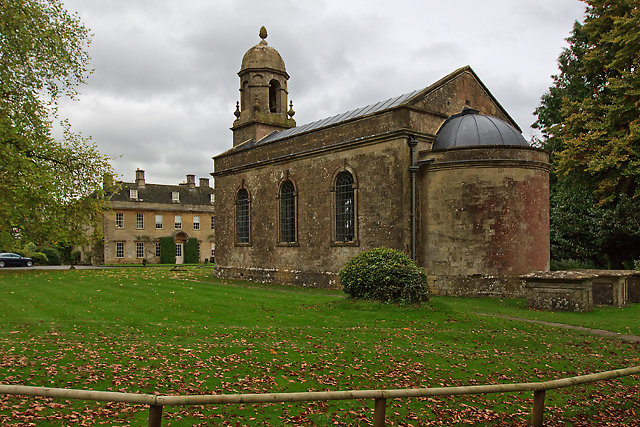

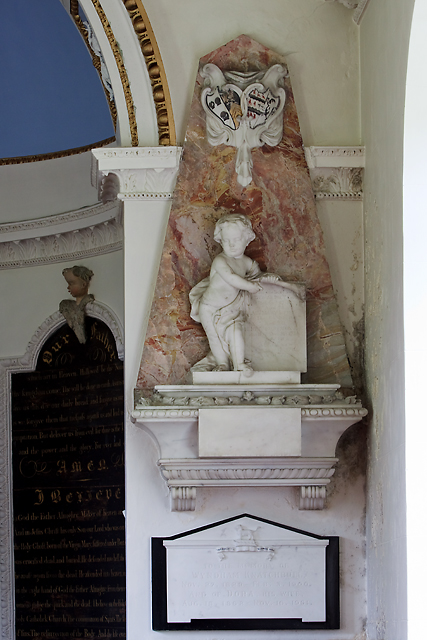
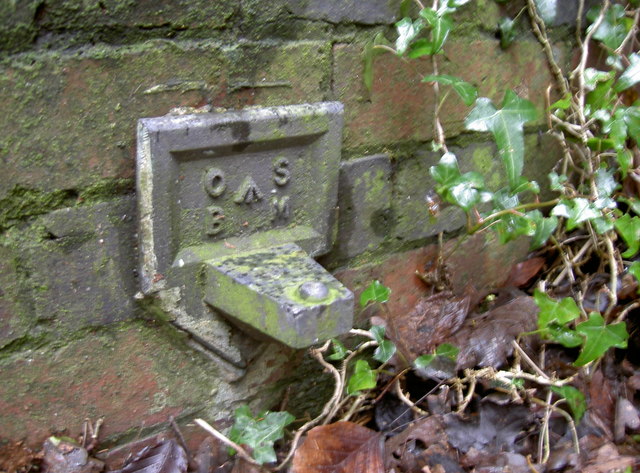
Babington Wood is located at Grid Ref: ST7051 (Lat: 51.26517, Lng: -2.4294855)
Administrative County: Somerset
District: Mendip
Police Authority: Avon and Somerset
What 3 Words
///debit.currently.residual. Near Radstock, Somerset
Nearby Locations
Related Wikis
Kilmersdon
Kilmersdon is a village and civil parish on the north eastern slopes of the Mendip Hills in Somerset between the towns of Radstock and Frome. It is located...
Babington House
Babington House is a Grade II* listed manor house, located in the village of Babington, between Radstock and Frome, in the county of Somerset, England...
Babington, Somerset
Babington is a small village between Radstock and Frome, Somerset, England, which has now largely disappeared. == History == In 1233 or 1234 much of the...
Ammerdown House, Kilmersdon
Ammerdown House in Kilmersdon, Somerset, England, was built in 1788. It has been designated as Grade I listed building.It was built as a country house...
Newbury Manor School
Newbury Manor School, formerly Farleigh College, is a mainly residential special school for pupils with Asperger syndrome, situated at Newbury, near Mells...
Mells Road railway station
Mells Road railway station served the village of Mells, Somerset, England from 1875 to 1959 linking Radstock to Frome, Somerset on the Heart of Wessex...
Kingsdown Camp
Kingsdown Camp is an Iron Age hillfort at Buckland Dinham 4.5 kilometres (3 mi) South East of Radstock, Somerset, England. It is a Scheduled Monument.It...
Huish Colliery Quarry
Huish Colliery Quarry (grid reference ST695542) is a 0.8 hectare geological Site of Special Scientific Interest near the town of Radstock, Bath and North...
Nearby Amenities
Located within 500m of 51.26517,-2.4294855Have you been to Babington Wood?
Leave your review of Babington Wood below (or comments, questions and feedback).

